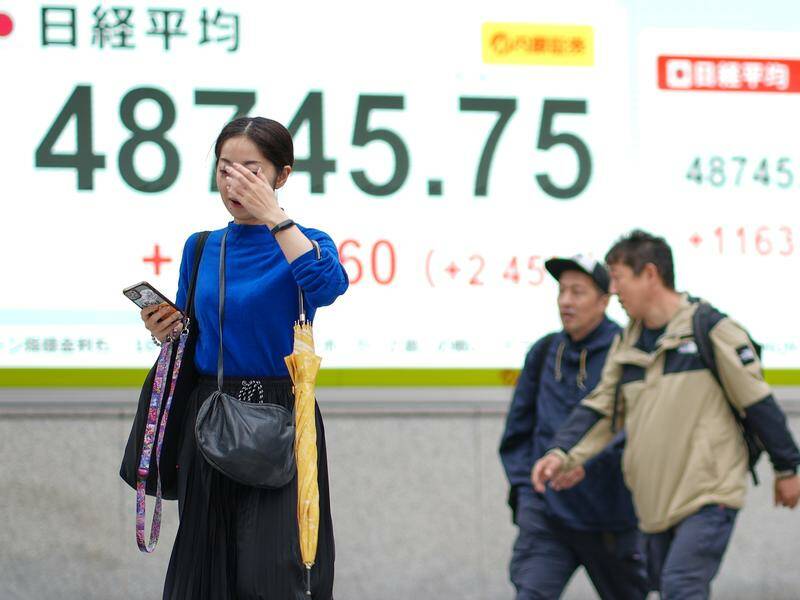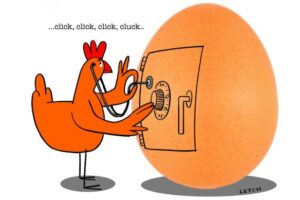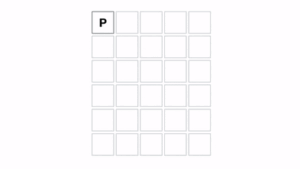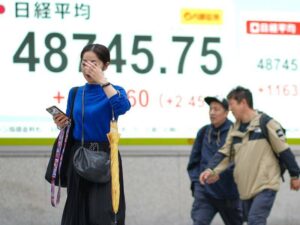
Investor confidence has surged, lifting stock markets while causing gold prices to dip. The changes follow signs of easing trade tensions between the United States and China, alongside reduced anxiety over credit risks within the banking sector. This sentiment shift appears to have ignited a renewed appetite for equities as market participants prepare for upcoming corporate earnings.
In Asia, the near-certainty of Sanae Takaichi becoming Japan’s next prime minister briefly propelled Tokyo’s Nikkei to a record high, affecting the yen negatively. US President Donald Trump expressed optimism regarding a potential trade deal with Chinese President Xi Jinping, expected during their meeting next week in South Korea. He downplayed the risks related to Taiwan, which further bolstered investor sentiment. Additionally, a recent agreement between Australia and the United States for the supply of rare earth materials provided further encouragement.
Last week, investor confidence faced significant challenges due to a series of bad loans at US regional banks, raising concerns about broader credit risks. The ongoing US government shutdown compounded these worries, creating a hesitant market environment. However, as these fears have subsided, investors have started to buy into the market ahead of earnings reports from several major companies.
“The market has hurdled the wall of worry with ease, with new capital injected into risk and fresh oxygen into the market’s lungs,” stated Chris Weston, head of research at Pepperstone. His remarks reflect a prevailing optimism among investors as they navigate current challenges.
Concerns persist, however, particularly highlighted by Philip Lane, chief economist of the European Central Bank (ECB). On Tuesday, he warned that euro zone banks could face pressures if dollar funding becomes scarce. “The combined presence of substantial USD-denominated off-balance sheet exposures and volatile funding means that sudden changes in these net exposures cannot be ruled out,” he cautioned. Lane referenced the extreme market turmoil experienced in April, which complicated euro zone banks’ reliance on dollar-denominated liquid assets.
Economic analyst Chris Scicluna of Daiwa Capital Markets echoed these concerns, suggesting that investors are increasingly aware of potential risks accumulating within the US financial sector. “One of the big focuses has been on the private credit strains recently in the regional banks. If sudden problems arise in the US financial sector, it will significantly impact European banks and others,” he noted.
As the ECB prepares for its meeting next week, expectations of a rate cut remain low, especially compared to the Federal Reserve, which may implement as many as three rate cuts within the next six months, according to market predictions. Positive sentiment was further bolstered by comments from White House economic advisor Kevin Hassett, suggesting that the federal government shutdown could soon come to an end.
This combination of factors led to a broad rally in US stocks, with all three major indexes closing significantly higher. Notably, technology stocks reached record highs, reflecting a robust market response. In Europe, the STOXX 600 index rose by 0.1 percent, trading just below record levels, while US stock futures experienced a slight decline of 0.1 percent.
Analysts are now forecasting third-quarter earnings growth for the S&P 500 at approximately 9.3 percent year-on-year, an increase from earlier estimates. The dollar climbed by 0.7 percent against the yen, reaching 151.83, as Takaichi’s pro-stimulus outlook and opposition to further interest rate hikes weighed on the Japanese currency.
Gold prices fell by two percent to settle at $4,262 an ounce, just below Monday’s record high of $4,381.21 per ounce. As traders prepare for another week of market activity, the Bank of Japan’s upcoming meeting will be closely watched, with a 20 percent chance of a rate hike being factored in, although Governor Kazuo Ueda has provided few indications regarding future monetary policy decisions.
As global markets navigate these developments, the interplay of economic signals continues to shape investor strategies and market dynamics.







